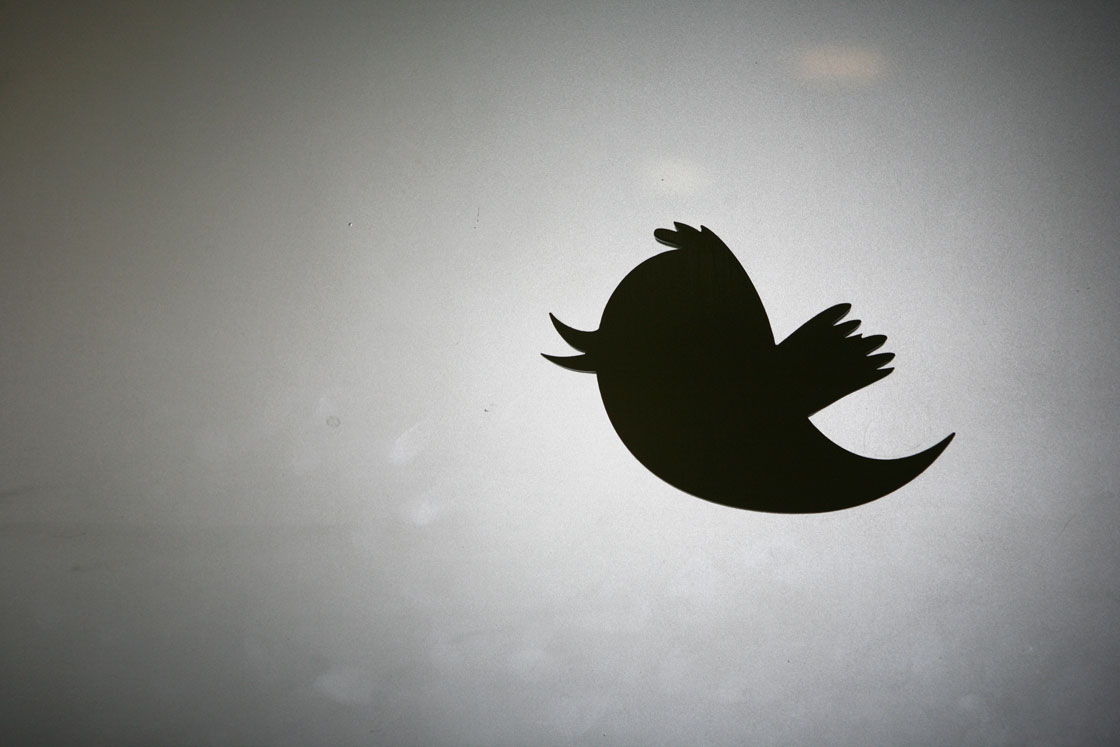TORONTO – A new study from Pew Research Center reveals that communities on Twitter gather in very different ways around different topics – whether it be politics, brands, or support networks.

The study, that used a data analytics tool to analyze Twitter conversations, revealed six reoccurring social structures on the social networking site, each vastly different from each other.
“We know that people interact with one another on sites like Twitter, but they tend to create sub-groups of interconnected users, or individuals that are more interconnected than other groups in that space,” said Itai Himelboim, a University of Georgia researcher and one of the authors of the study.
“These clusters really capture social context and the six types we describe in this report really vary in terms of interconnectedness.”
For example, if you are talking politics – perhaps using a hashtag like #cdnpoli – the conversation is very polarized. Those discussing the Conservative Party’s policies are not likely to jump into a debate about the Liberals – the two crowds stick to themselves.
Those interested in a specific topic or have likeminded interests – say wearable technology – form the shape of a tight crowd. Users may participate in small isolated conversations about a certain sub-topic, but the group itself is like a small town – everyone shares close ties to one another.
Yet while massive numbers of Twitter users love to participate in conversations surrounding celebrities like Justin Bieber, or big brands like Nike, they have little interconnection between them. These “brand clusters” produce a huge number of tweets, but they do not tweet each other.
Though researchers expected to discover a polarized pattern on Twitter, thanks to other studies that shed light on how political conversations take shape online, researchers were surprised to discover so many social structures from just one social media site.
“I think a lot of people have their own experience with Twitter and probably are pretty familiar with the pattern that they see based on the networks that they follow and hangout with,” said director of the Pew Research Internet Project Lee Rainie.
“I think a lot of readers will say there is one or two of these that make a lot of sense to me because they have their own experience with them, but there are a couple of them that they won’t have known about before.”
The research was done in partnership with the Social Media Research Foundation, using its tool called NodeXL to analyze crowds on social media spaces.
NodeXL – which Social Media Research Foundation’s director Marc Smith describes as a sort of “instamatic camera” of cyberspace – is an application that plugs into a spreadsheet program in order to collect data from social networks and turn it into a visualization of that data.
The six types of social structures include:
- Polarized crowds: Users in one group do not interact with the other group for the most part. Those in each crowd share very different websites and use different hashtags and words in their tweets.
- Tight crowds: Users that are brought together in a broad group thanks to a mutual interest or topic. There are different clusters of users, but they are all closely tied to each other.
- Brand clusters: Often formed around brands or celebrities, these clusters include massive amounts of users, none of which seem to communicate amongst each other.
- Community clusters: These groups form around global news events and feature small hubs each with its own audience and sources of information. This happens as news outlets, each with their own following, tweet stories and create conversation with their audience.
- Broadcast network: This happens as major news outlets tweet breaking news as it happens, causing their audience to retweet and create their own conversations. But, users are usually only connected to the news outlet and rarely connect with one another.
- Support network: These groups form around customer support or complaint accounts. The “hub account” responds to otherwise disconnected users.
But in discovering some of these networks and groups, researchers also noticed some interesting social patterns that challenge the open conversation structure of social media.
“The big argument about social media was that it was going to democratize everything; disrupt all traditional media structures, and everything would be different from the pre-Internet era,” Rainie told Global News.
“What was so striking to see is that there are a lot of these structures where traditional voices, powerful people and important institutions have a lot of voice and a lot of say over what was being talked about.”
These voices were also responsible for creating key conversations amongst users, and encouraging topics of discussion.
“The world is not as upended as maybe some of the earliest enthusiasts for social media were arguing it would be,” said Rainie.




Comments